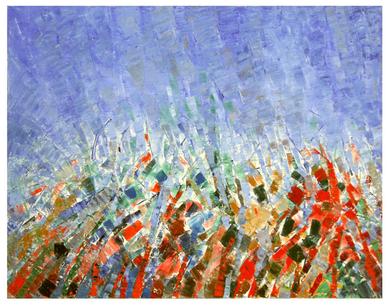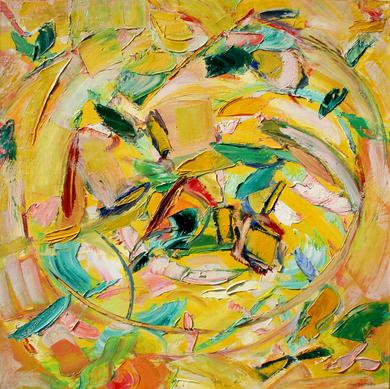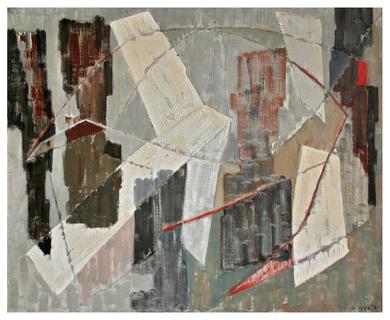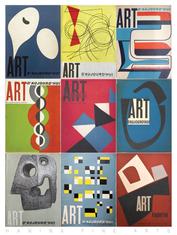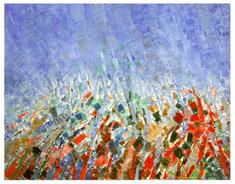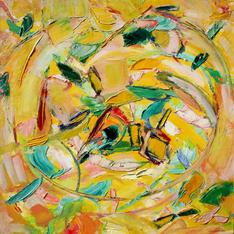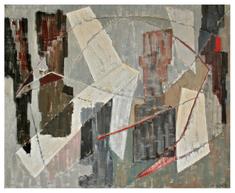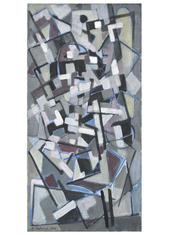Celebrating André Bloc’s influential avant-garde journal, with archive material and a selection of featured artists.
Having originally launched the successful “L’Architecture d’Aujourd’Hui” magazine in 1930, André Bloc was forced to relinquish ownership during the Occupation of France, after which he struggled to re-establish control. This dispute, although required him to startover with his architecture magazine, inspired him to launch a new magazine titled “Art d’Aujourd’Hui” in 1949, which became highly influential in promoting post-war contemporary art. 36 issues in 5 (slightly erratic) series were printed until 1954 when his increasing interest in the synthesis of the arts, including architecture, lead him to modify the title to “Aujourd’Hui: Art & Architecture” which ran for another 60 issues until 1967 following his death.
Produced by a collective of prominent artists such as Edgard Pillet who in 1950 founded the “Atelier d’Art Abstrait” with Jean Dewasne; and leading critics including Michel Seuphor, Roger van Gindertael, Pierre Guéguen and Léon Degand. The magazines were famously beautifully graphically designed, often with more images than text, whilst chamioning abstraction and providing a vital platform for theoretical debate at the forefront of Modernism.
Bloc himself was something of a polymath, architect, sculptor, painter, writer, theorist, and co-founded the “Espace” group with his editor the Neo-Plasticist Félix del Warle. The group advocated the integration of art and architecture, and the manifesto was published in the October 1951 issue of “Art d’Aujourd’hui”. It attracted artists and architects from across Europe and drew on the ideas of Swiss theorist Sigfried Giedon who advocated for public spaces that “will satisfy man’s emotional and material needs and stimulate his spiritual growth”; and philosopher Roger Bordier whose essay “L’art est un service social” appeared in the May 1954 edition. This was particularly pertinent at a time when France was undertaking huge post-war reconstruction projects, and became legislated into public works as the “1% policy”, where that proportion of building project budgets should be spent on art.
The magazine reached a circulation of 7,000 across Europe, and following Bloc’s death a special retrospective edition was published in 1967, in an edition of 11,000. In 2015 the Musée National d’Art Moderne held an exhibition “André Bloc: Entre Art et Architecture” in recognition of his achievements.
This exhibition at HFA celebrates the magazine and its influence through archive material and a selection of featured artists in the gallery and through digital media.



